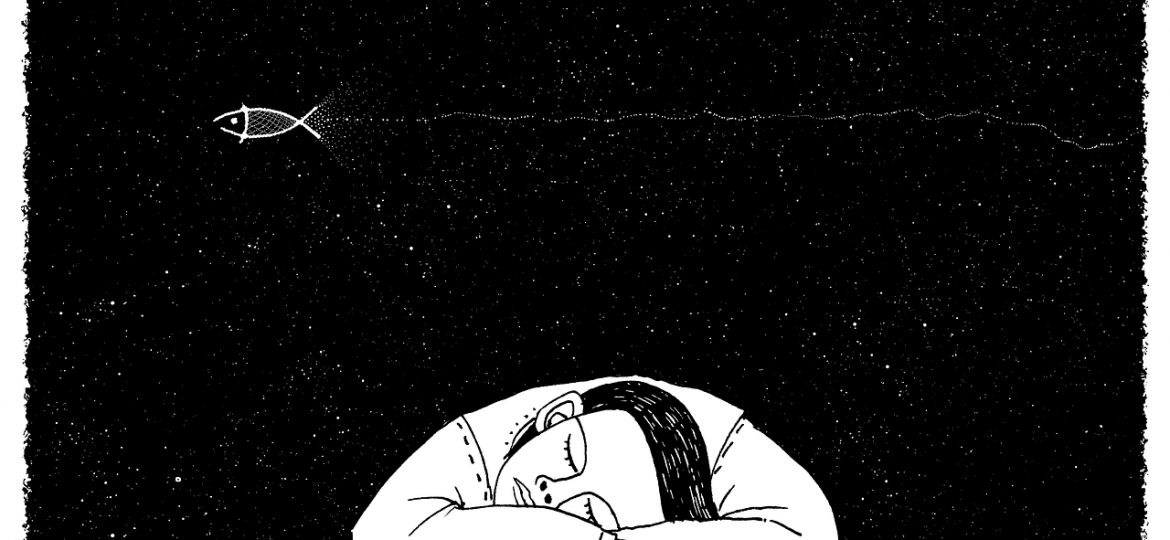
What is masculinity? Is it to perform in ways that society expects a man to be? Does the privilege attached to a certain kind of ‘masculinity’ really benefit anyone or is masculinity just another form of oppression? When masculinity restricts men to a narrow cage of social expectation, harming and hurting them as well as other people, why are more men not talking about redefining and dismantling it to make it more fluid and accepting, dreaming into being a world where they can be whatever they want to be? After all, there are ever-evolving and multiple masculinities, many ways to be a man.
Juhi Sidharth and Chaitanya Ravi point out some positive aspects of masculinity especially of being stoic, which they explain “is at its best a deep meditation with open eyes on the myriad challenges that confront the human condition and a steely determination to last through it all.” Be that as it may, the reality is that a largely negative and violent version of being a man is promulgated around us. Abdullah Erikat explains how toxic masculinity functions in Palestine and exhorts marginalised people to question this distorted version of masculinity.
It’s not just in Palestine that toxic notions of masculinity flourish. We have our home-grown versions of it here, as well as in other parts of the world. Saswati Chatterjee and Pauline Gomes write about the narrow box in which masculinity is stifled and how not only men but also everyone around them suffers because of this. Anupom Kumar Hazarika shares his experiences of growing up in a world that valorises hyper-masculinity and wonders whether befriending hairy caterpillars would have helped. Asmi describes the different sorts of men she has met in BDSM as well as vanilla circles.
And then on a more positive note, Zulfiya Hamzaki writes about her audio documentary based on two women who redefine masculinity and challenge the given norms and expectations of society and Anne Sprinkel focuses on strategies to engage with communities in Nepal and Bangladesh to shift power and undo entrenched ideas of masculinity to empower girls and women. Abhiruchi Chatterjee reviews Mohanaswamy, the much-lauded book by Vasudhendra, on the intersecting themes of masculinity, sexuality, urbanisation, education, family, growing up gay, and finally accepting oneself.
For our Hindi readers, we also feature a Hindi translation of the review and we have a new translation in the Navintam section.
The moustache is a symbol of virile manhood and therefore also of a particular sort of masculinity, a symbol of pride when worn by a man, not by a woman. What happens when a woman decides to wear an obviously fake one? Watch Moustaches Unlimited to find out! And then watch Tony Porter speak about the Man Box and how escaping it can be difficult but also ultimately liberating.
In Brushtrokes, we once again feature our favourite, Robot Hugs, this time on how men can intervene in everyday sexual harassment.
All in all, what this month’s contributors show us is that when labels cease to matter, when one’s explorations of desires, sexual dynamics, relationships, interactions with sexual partners, modes of pleasure, and enjoyment of sexuality are no longer contingent on arbitrary socially-imposed rules, the idea of masculinities being plural and diverse is affirmed.
In this mid-month issue we bring you some more interesting and intriguing articles on masculinities and sexuality starting with Mona Mishra’s thoughtful take on masculinities and vulnerabilities. Shikha Aleya interviews Daniel Mendonca who self-identifies as intersex and is a gender rights activist who engages with diverse groups of people in India and other countries to expand awareness, build empathy and foster an environment that is accepting of diversity.
Traditional masculinity does not value diversity and imposes a strict code of conduct that leads not only to internal distress but sometimes also to express violence against self and others as Harjant Gill analyses by comparing two incidents of mass shootings, one in Punjab and the other in the US (trigger warning: article begins with quoting a long suicide note). Traditional masculinity needs armour to protect its inherent fragility and often hides behind cuss words and bravado. dyuti writes about the intricate relationship between verbal abuse culture and what’s happening in Kashmir and Sanya Talwar points to how in Indian patriarchal society rights for women are still seen as ‘privileges’. But there’s hope as Ishan Mehandru shows by raising some important questions about rewriting gender in his review of Amrita Pritam’s, Dilli ki Galiyaan (The Lanes of Delhi), and as does Shubhangani Jain in her review of Kumbalangi Nights, a Malayalam film with a diverse portrayal of masculinities and relationships. Elsa D’Silva reviews Unbelievable, a Netflix mini-series, and tells us what she learned about dealing with sexual violence from it.
For our Hindi readers, we have an original article by Ashmeet Kaur Bilkhu exploring the theme of masculinities from the lens of Raya Sarkar’s ‘list’ as well as a translation of Kaustav Bakshi and Arnab Adak’s article on the worship of the Ardhanarishwara in the Kolkata Durga Puja.
We also bring you two blog articles: one features a transman’s story of having to perform his ‘masculinity’, and the other is about how a newly masculine-presenting person realised the importance of reframing masculinity.
Cover Image: Pixabay